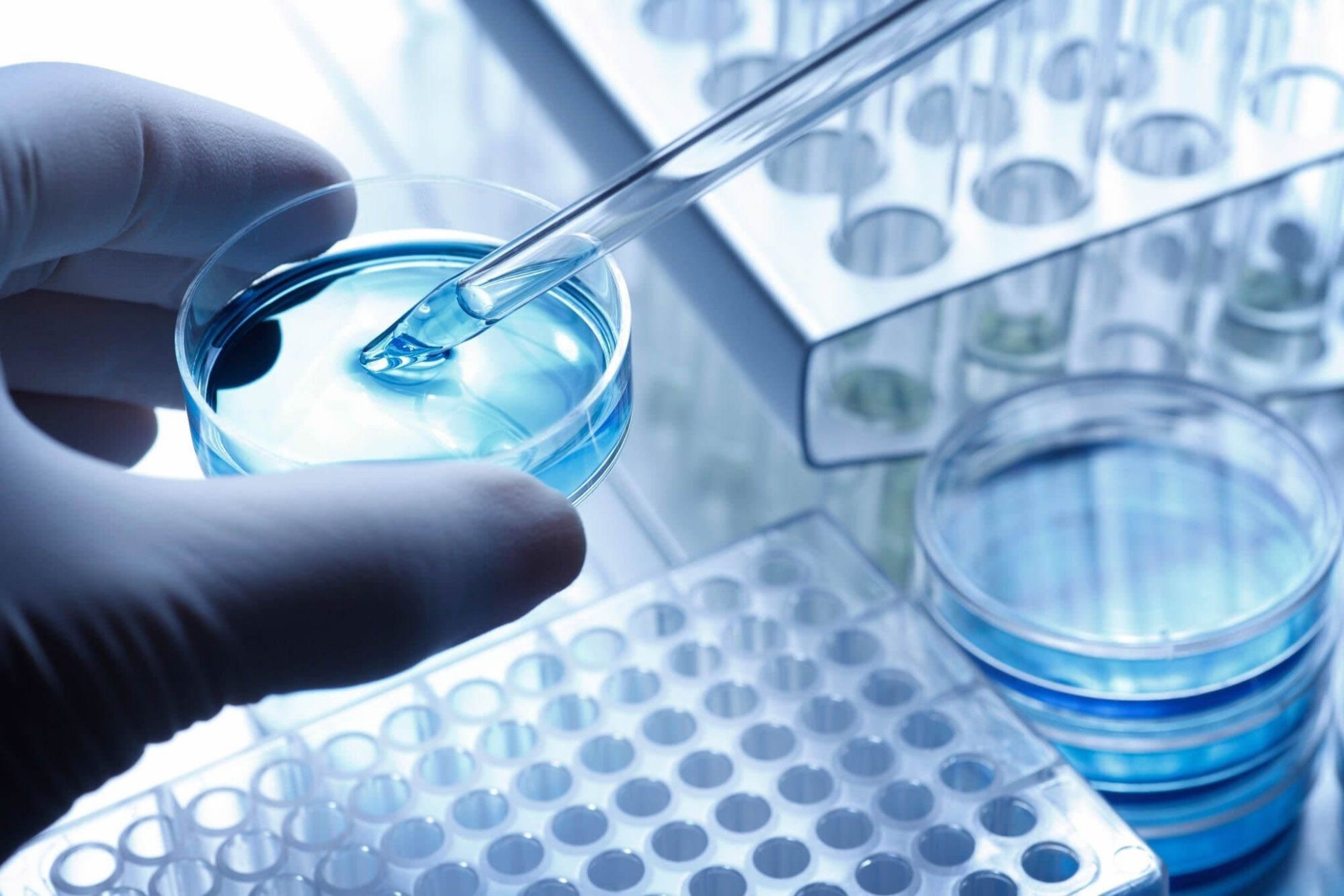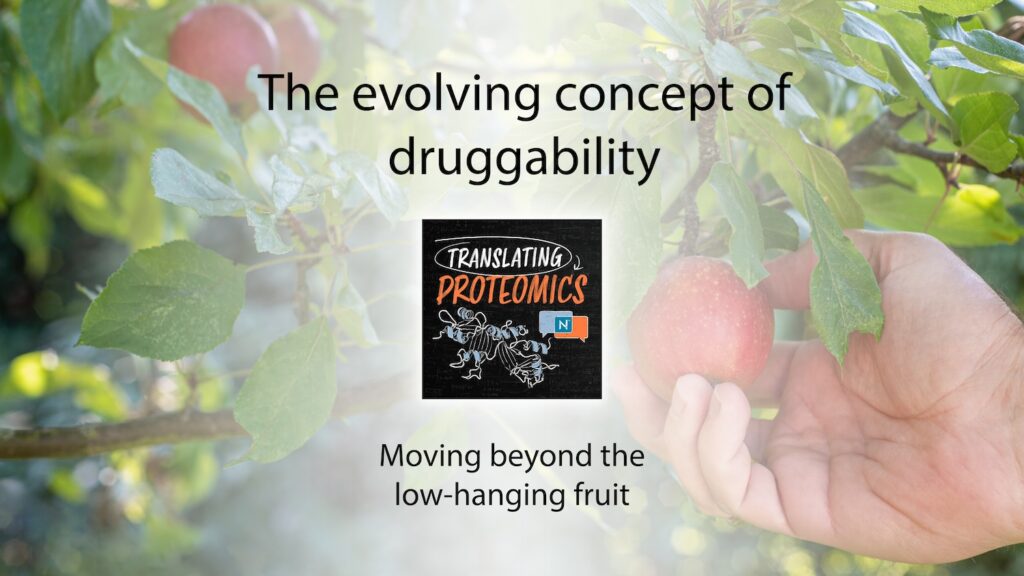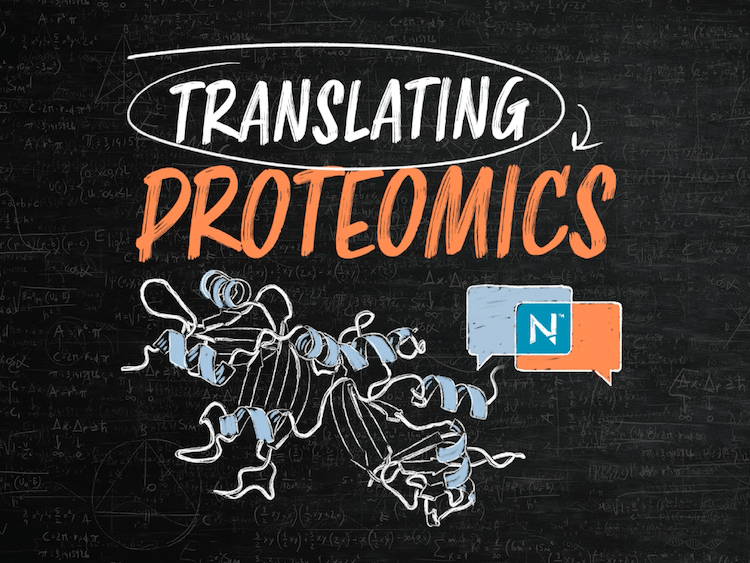Traditionally, a protein has been considered “druggable” if it is an enzyme whose aberrant activity is clearly associated with disease. This is because enzymes generally have well-defined binding pockets and drug developers can design small molecules that fit into these pockets to inhibit activity with relative ease. By contrast, proteins like transcription factors that form broad contacts with other proteins and other biomolecules are harder to drug.
Thinking about druggability in this way has left glaring gaps in the capabilities of modern medicine. We’ve developed drugs against the low hanging fruit, but now we must move beyond easily identifiable and druggable enzymes. Advances in proteomics are poised to help us fill the gaps in drug design. By providing deeper insights into proteins, including low-abundance proteins, proteoforms, and their interactions, proteomics may soon expand our notions of protein druggability.
In Episode 8 of Translating Proteomics, Nautilus Co-Founder and Chief Scientist Parag Mallick and Senior Director of Scientific Affairs and Alliance Management Andreas Huhmer discuss how proteomics could expand the druggable universe. They argue that the shift will mark a new era for drug discovery and personalized treatments.
“How will drug development be transformed when we have ubiquitous, inexpensive, and accurate proteomics data?” Parag asks. “What’s left for proteomics is finding the next wave — the next generation of important targets and ways to reach them.”
What makes a good drug target?
Successful drug development starts with identifying the right protein targets. At its most basic, these proteins need to be druggable with current technology, but they should also be unique to diseased tissues and absent from healthy ones. Specificity is also key, ideal drugs will only impact proteins involved in disease and leave others untouched. Furthermore, drug development has historically focused on enzymes highly expressed in diseased tissue — the aforementioned low-hanging fruit.
One classic example of a “druggable” target in oncology is the BCR-ABL fusion protein. BCR-ABL is formed by a chromosomal translocation commonly found in chronic myelogenous leukemia (CML, reviewed in Rumpold and Webersinke 2011). The translocation creates a fusion between the BCR and ABL genes and results in the production of a kinase with elevated activity. This fusion protein was relatively “easy” to find as a potential driver of CML because the fusion could be seen at the DNA level in CML patients. Small molecules against it were also relatively “easy” to design because, as a kinase, the fusion protein has well-defined binding pockets.
A classic example of an “undruggable” protein is KRAS. While KRAS is often mutated in cancer, it interacts with a variety of downstream proteins to activate proliferative signaling and does not have easily accessible binding pockets. Recently, drug developers found a way to design small molecules that lock a particular KRAS mutant (KRAS G12C) into an inactive state, but these inhibitors work because of interactions specific to KRAS G12C (Huang et al. 2021).
“Most of the targets we have chosen so far to drug are targets that are relatively accessible through the analytical tools we have,” Andreas says.
Indeed the search for drug targets often starts with genome sequencing and identifying prominent mutations associated with disease. For more effective drug development, we need to graduate from this more simplistic approach, Parag and Andreas argue. Key to their discussion is the idea that there are various active forms of proteins that dynamically interact with one another. Even if some forms of a protein are “undruggable,” other forms of that protein or its interactions may be druggable. New knowledge of these various proteoforms and their interactions may make more proteins and biological pathways druggable.
“I think we have made a lot of progress studying the composition of proteomes, but I think how they’re distributed in time and space is probably not as evolved as we need it to be for strong drug development,” Andreas says.
Listen to Parag and Andreas discuss the concept of druggability:
How proteomics is changing the landscape
The real value of next-generation proteomics technologies lies in their ability to detect proteins as they’re interacting and changing in abundance in the body in real time, giving us access to more specific targets for drugs, as well as better biomarkers. Traditional drug discovery methods focus on the presence or absence of a protein, which doesn’t tell the full story. Now, we are beginning to see how proteins interact with other molecules, offering a more nuanced view of biological processes.
“We might be able to say, well, it’s not just that you have this mutation. It’s not just that you have an overexpression of this, but it’s that you have this pattern of 10 things,” Parag says.
One example of this potential lies in HIV treatment, where multiple inhibitors are used in sequence to stay ahead of the virus. This model could be applied to cancer, where therapies could evolve dynamically in response to how the disease mutates. Studying the proteome in real time would be key to knowing which treatments to apply, when.
“You start out with a particular drug. Your cancer is trying to evade that treatment,” Andreas says. “And then you’ll follow up with a different type of drug that now arrests the cancer proliferation again. So I think we’ll have a lot more dynamic response in drug treatment in the future.”
Listen to Parag and Andreas discuss how proteomics technologies are changing drug development:
Advances that will make more proteins and pathways druggable
Advances in proteomics, antibody-drug conjugates, protein degraders, and gene editing are changing the landscape of drug development. Drug discovery has historically focused on easily accessible targets — for example treating diseases characterized by genomic mutations that result in enzymes with aberrant activity like the BCR-ABL fusion protein discussed above. These methods largely overlook protein interactions and diseases caused by a loss of function, which make up a significant proportion of known diseases. In this realm, cell and gene therapies are starting to show promise, though they are still in their early stages.
“We’ll have in our next-generation drugs that are probably more efficient because they actually look at the active form of the protein rather than the simple presence or absence of it,” Andreas says.
Yet, the ability to optimize these therapies depends on the use of more advanced proteomics tools to better understand therapeutic windows and drug efficacy in real time.
Listen to Parag and Andreas discuss how proteomics is advancing precision medicine:
New tools are expanding proteomics’ reach
As proteomics tools advance, they will unlock more druggable targets and reveal proteins once deemed impossible to address. Cell and gene therapies are on the horizon, but they require a more intricate understanding of proteins and their interactions. Next-generation proteomics tools may provide that knowledge. For example, the Nautilus Proteome Analysis Platform is designed to expand our ability to find and monitor low-abundance proteins, with simplified workflows that make repeat measurements more feasible.
“There’s a new generation of tools coming and they will fundamentally alter the way that we think about target discovery, enabling us to attack the druggable proteome in new ways, as well as find novel targets that previously wouldn’t have been accessible,” Parag says.
Cracking the code of disease pathways requires time, effort, and increasingly complex tools, but the result — a vastly expanded universe of druggable targets and more effective therapies — is increasingly within reach.
Listen to Parag and Andreas discuss how new proteomics tools can change drug development:
Redefining druggability with proteomics
The future of drug development hinges on our ability to explore the vast, untapped proteome. With advances in proteomics tools, we’re on the cusp of an era where we can target diseases in previously impossible ways. This shift will redefine what’s “druggable,” expand our understanding of disease, and offer more personalized, effective treatments.
The universe of druggable targets is about to get much larger — proteomics is the key to exploring it.
Listen to Translating Proteomics Episode 14: Expanding the Drug Development Toolkit with Proteomics as a great follow-up to this post.
MORE ARTICLES



